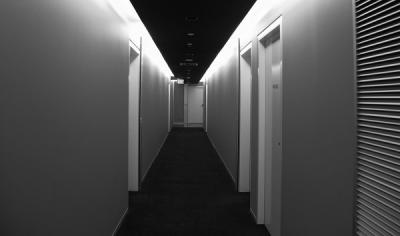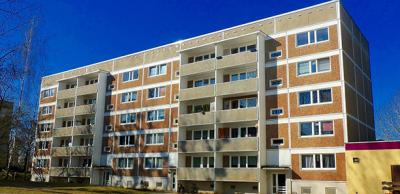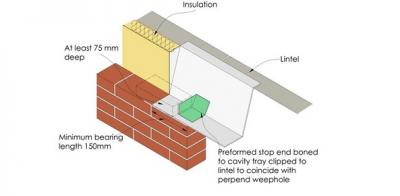The dos and don'ts of mains powered smoke alarms and battery alarms
Most properties in the UK have battery-operated smoke alarms, but mains powered smoke alarms interlinked between floors are the most reliable method of giving early warning in case of fire and must now be installed in all new homes.
Mains-wired smoke alarms are also required in certain types of alteration and extension work. Mount them in the circulation space at every floor level:
- In loft conversions
- When adding new habitable rooms (bedrooms, kitchens, living or dining rooms) above ground floor level
- When adding a new habitable room at ground floor level that doesn’t have its own exit leading outdoors
Installing new interlinked smoke alarms can be disruptive, so think about the need for detection before you start work. Radio-linked alarms are acceptable; as long as the manufacturer can guarantee the battery back-up will last for 72 hours.
Smoke alarm DOs:
- Ensure there's at least one alarm on every storey of the dwelling
- Ensure there's an alarm within 3m of the door to every bedroom.
- Provide a heat detector to the kitchen if it's open plan to the escape route
- Mount them 300mm away from walls and light fittings
- Ensure the electrical installation of the units meets Part P requirements in England and Wales
- Provide instructions to the end user
Smoke alarm DON'Ts:
- Install them above staircases where testing and maintenance is dangerous
- Site them in places where they can become very hot, cold, or subject to a lot of moisture or fumes (bathrooms, kitchens, garages - use a heat detector if need be)
Remember, there are additional requirements for large houses of two or more storeys where one of those storeys exceeds 200m2, so bear this in mind when working on footballers' mansions! If in any doubt, contact your local authority building control team to discuss.
Further information about fire safety
- View a diagram showing where to place smoke alarms and heat alarms
- Download the SCA Guidance on Smoke Control to Common Escape Routes in Apartment Buildings (Flats and Maisonettes)
- Read the Building Regulations Part B Approved Document on Fire Safety for dwellings in England and Wales
Also view: How to protect residents from carbon monoxide poisoning
Please Note: Every care was taken to ensure the information was correct at the time of publication. Any written guidance provided does not replace the user’s professional judgement. It is the responsibility of the dutyholder or person carrying out the work to ensure compliance with relevant building regulations or applicable technical standards.
This article was updated on August 2024
Sign up to the building bulletin newsletter
Over 48,000 construction professionals have already signed up for the LABC Building Bulletin.
Join them and receive useful tips, practical technical information and industry news by email once every 6 weeks.
Subscribe to the Building Bulletin





Comments
Smoke Alarms / heat alarms mains / battery
Submitted 4 years 2 months ago
We are currently building a loft conversion.
I assume that we have to install mains powered smoke alarms in our landings/hallways and a heat alarm in our kitchen (our downstairs is currently open plan)
However, I have found this product, which has a 10 year battery. Is this suitable as an alternative to mains powered? https://www.cavius.com/3002-10-year-heat-alarm/
Fire alarm
Submitted 4 years 1 month ago
Scottish Fire Alarms Legislation
Submitted 3 years 6 months ago
(No subject)
Submitted 3 years 5 months ago
However as the system of Building Control is different in Scotland and whilst I believe the answer may be the same, I would politely ask that you contact your local authority in Scotland for the answer to your question.
Best,
LABC team
Mains fire alarms
Submitted 2 years 9 months ago
LABC response
Submitted 2 years 9 months ago
Thank you for your query.
Mains smoke alarms will be connected directly into your electric system. There are battery operated smoke alarms available that work without a fixed electrical supply. LABC is unable to advise you on the number of smoke alarms you should have as it will depend on the specific nature of your home. Please consider taking a free Online Home Fire Safety Check which can be found at HFSC (safelincs.co.uk). (https://www.safelincs.co.uk/hfsc/)This site also directs you to other helpful sources of information.
Links to external sources are provided to signpost other sources of information and should not be considered as any form of legal advice.
Best,
LABC team
Ychwanegu sylw newydd